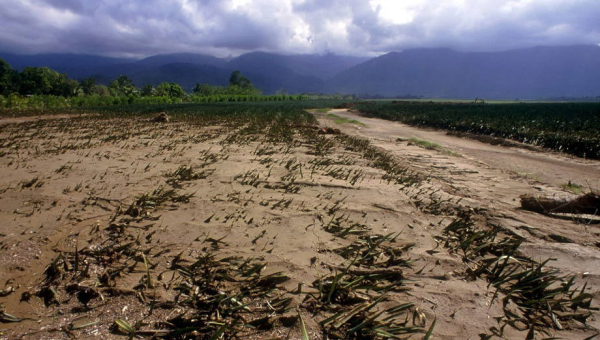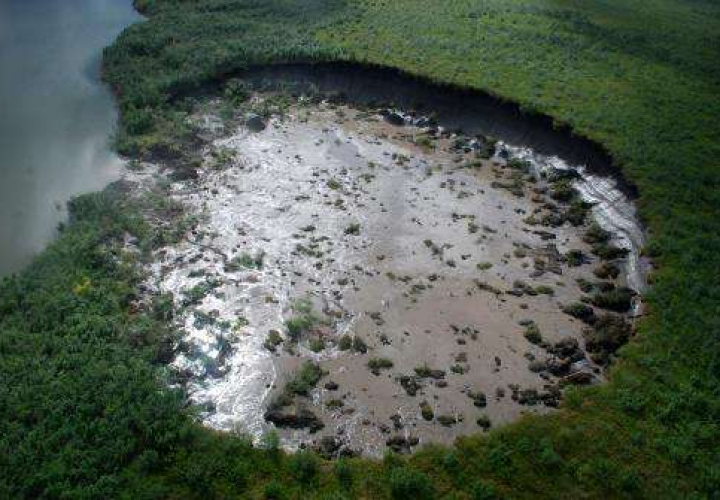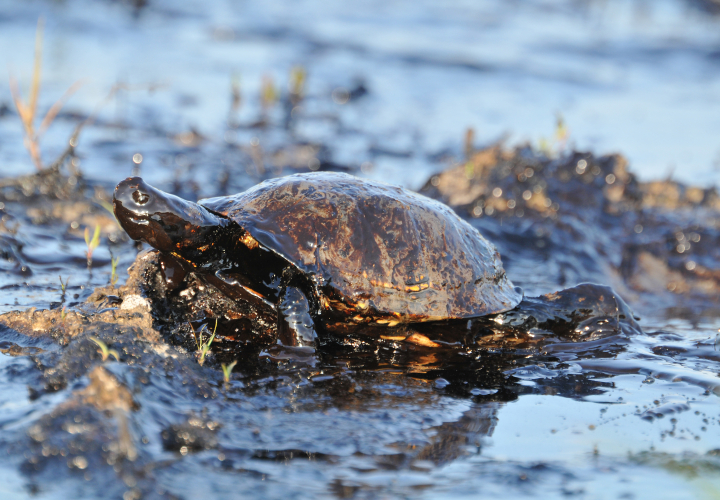
Negative Impacts of Climate Change on Food Security in South Africa
Climate change poses immense challenges for food security in most developing countries. Climatic variability has been acquiring extensive consideration due to its widespread ability to impact food production and livelihoods.
Although climate change research has explored adaptation strategies to mitigate the negative effects on food security, empirical work on how climate change affects rural household food security in South Africa has been limited. Climate change has affected agricultural productivity and the use of water in households, especially since 2015.
Food security is shaped by unemployment and a lack of financial capital. Good governance and reflexive approaches are required to take into account household livelihood strategies and indigenous knowledge systems to ensure that support against the impacts of climate change is relevant.
Challenges Caused by Climate Change
Exploring challenges is also important in advancing climate change adaptation. The answer to the question of whether climate change also plays a pivotal role in increased hunger and food insecurity across countries remains unclear. The challenges posed by climate change to food security are also shaped by other drivers that are locally context-specific (governance, socio-economic, and demographic, cultural, and political variables) that impact components of food security, such as availability, accessibility, utilization, and stability.
In the face of a severe climate crisis affecting food security, it examines not only how climate change affects food security, but also the broader challenges of combating food security due to climate change and their impact on the livelihoods of residents. Based on the localized identified challenges, it will propose recommendations that can be implemented by residents and the government to combat challenges.
Climate Change and Food Insecurity
In KwaZulu-Natal, extreme weather events have mainly manifested as droughts and flooding. In the province, the numerous daily stressors in people’s lives have combined to increase their vulnerability to future climate change. There is weak organizational support (government and other institutions), which limits efforts toward combating climate change risks. KwaZulu-Natal is characterized by warm to scorching summers, heat waves, wildfires, and moderate winters. The maximum daily air temperatures during the summer months are as high as 40.1 °C in the Cape St Lucia region. There has been a declining water presence in the province over the years, a situation that is projected to evolve from bad to worse in the near future.
Climate change in the KwaZulu-Natal region because of droughts will have severe and uneven impacts on poor rural communities who base their livelihoods on rain-fed agriculture and are socially vulnerable to climate change. Climate change conditions in KwaZulu-Natal, it was found that women in rural areas have been experiencing a reduction in harvests due to drought.
The adverse effects of climate change also affect rural households more significantly due to their limited financial, human, and technical resources and a lack of support and assistance from the municipal and provincial government. Unfortunately, a short-term strategy to combat drought has been shifting from cropping to livestock for those who have the latter, but this reduces natural capital.
Like many provinces in South Africa, KwaZulu-Natal’s food security has been and will be heavily affected by climate change. Climate change will impact on food security due to the following:
Increase in average temperature (resulting in reduced quantity and reliability of agricultural yield; increased heat stress in livestock; reduced crop productivity), Change in amount of rainfall (causing reduced water availability for crop and livestock; heavy reliance on irrigation; poor quality of crops due to deteriorating water quality), Increased severity of drought (resulting in decreased crop yield; increased probability of fire), Increased intensity of extreme events (resulting in soil erosion; increased land degradation and desertification; inability to cultivate land; damage to crops and food stores).
Rural Farming, Food Security and Access to Physical Capital
More than half of the residents indicated that they engaged in farming activities for food security. Three-quarters of residents indicated that they engaged in crop farming compared to one-quarter engaging in livestock farming. Under half of all residents owned goats, followed by cows and then chickens. Only a very small percentage engaged in pig farming and sheep farming. A large majority of residents owned land to engage in farming activities. Most residents started farming 10–20 years ago to supplement food in the household and to sell produce and livestock to generate income. Half of the residents engaged in farming activities for the household, whilst a minority of residents indicated that they engaged in farming activities to sell produce.
Whilst over one-fifth of residents indicated they engaged in farming to both eat and sell produce, one-fifth engaged in farming to give to others in need. Most people engaged in farming activities for household food security as the primary objective, largely due to increasing unemployment and poor household income.
The access to physical capital to enable farming varied across households and for residents. Due to the lack of formal employment security, most households could not access credit or loans for farming. Only a very small minority of households had access to credit, whilst some were able to access loans. The low number of people able to access credit or loans resulted in a lack of access to secure farming technology.
However, tools were the most accessible, with about one-third of people able to access tools for farming. Furthermore, under half of residents had access to land for farming activities, while some were able to secure fertilizer. Only a handful of people had access to extension officers and government assistance, indicating poor government support for local farming activities.
Conclusion
There is a need for the incorporation of good governance by instilling reflexive governance practices, especially at the local government level, to ensure more inclusive governance approaches towards incorporating residential views to combat food insecurity. Residents may also work to ensure reflexive governance by collectively engaging in a strategy of working with public legal institutions to hold the government accountable. This can ensure more reflexive governance practices to enable food security.




